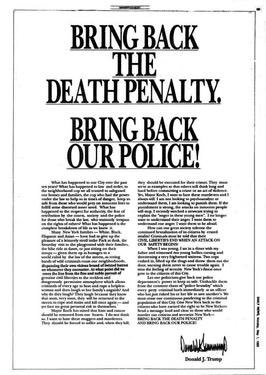Physicist James Van Allen was born #OTD in 1914. His 1958 satellite experiments (Explorer 1 and 3, Pioneer 3) revealed the Van Allen Radiation Belts: donut shaped regions where charged particles captured from the solar wind are trapped by Earth’s magnetic field.
Images: AAS, NASA

Images: AAS, NASA


A lesser known fact is that, for some reason, my family used to have a picnic table built by Van Allen and some other scientists. His name was carved on the bottom with a wood-burning tool. Idk where we got it, but when my parents sold their lake cabin the table went with it.
Van Allen was also an early advocate for getting scientific experiments on satellites and rockets: first with captured V-2 rockets after the war, then his rocket-assisted balloons dubbed “rockoons“, and finally satellites launched by the US space program.
"Rockoon" is obviously a reference to the genetically engineered cyborg raccoons that performed Dr. Van Allen's balloon experiments once the rockets carried them to sufficiently high altitudes. 

☝️Radiation belts, picnic tables, and cybernetic raccoons.
• • •
Missing some Tweet in this thread? You can try to
force a refresh



















